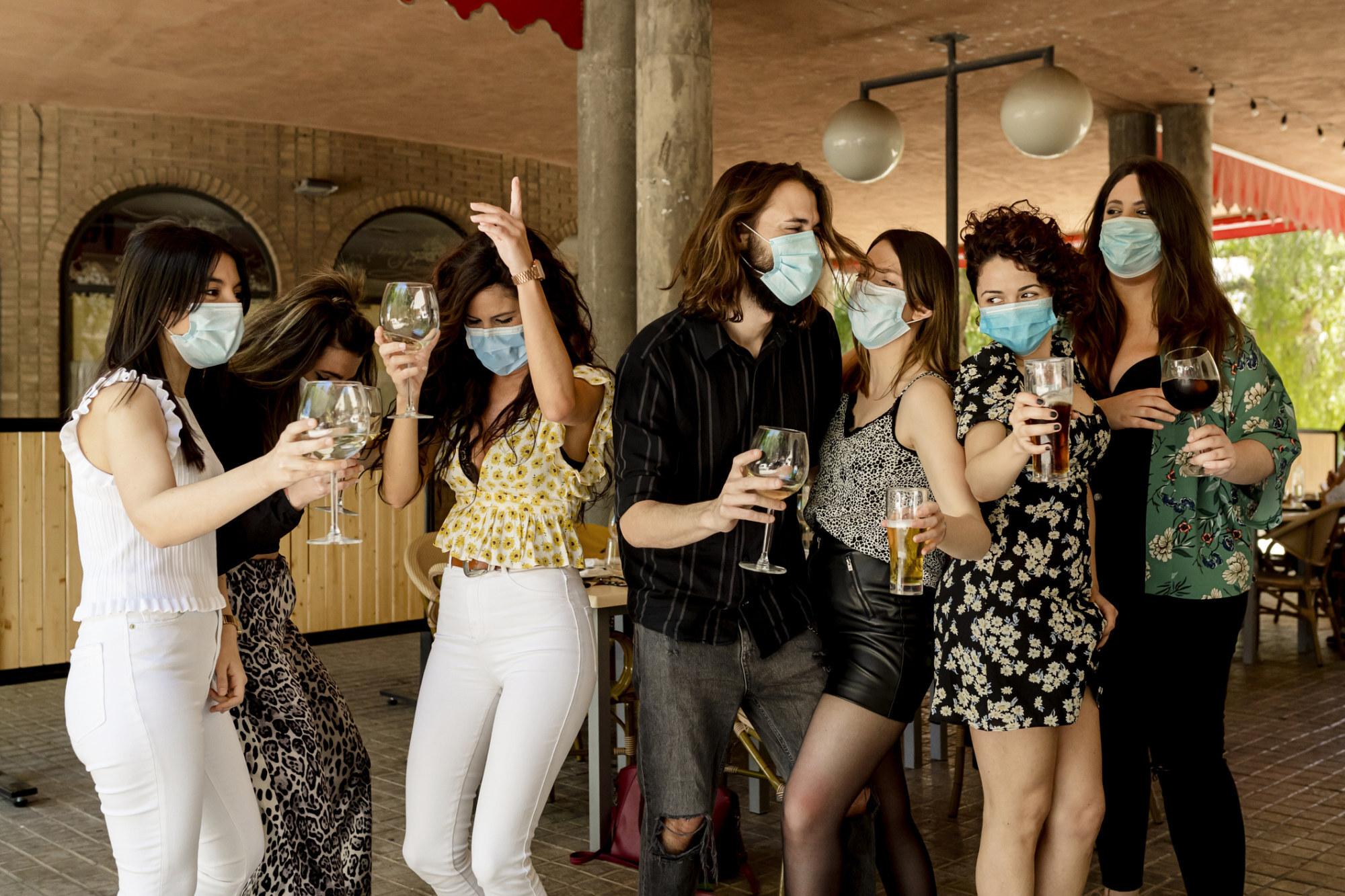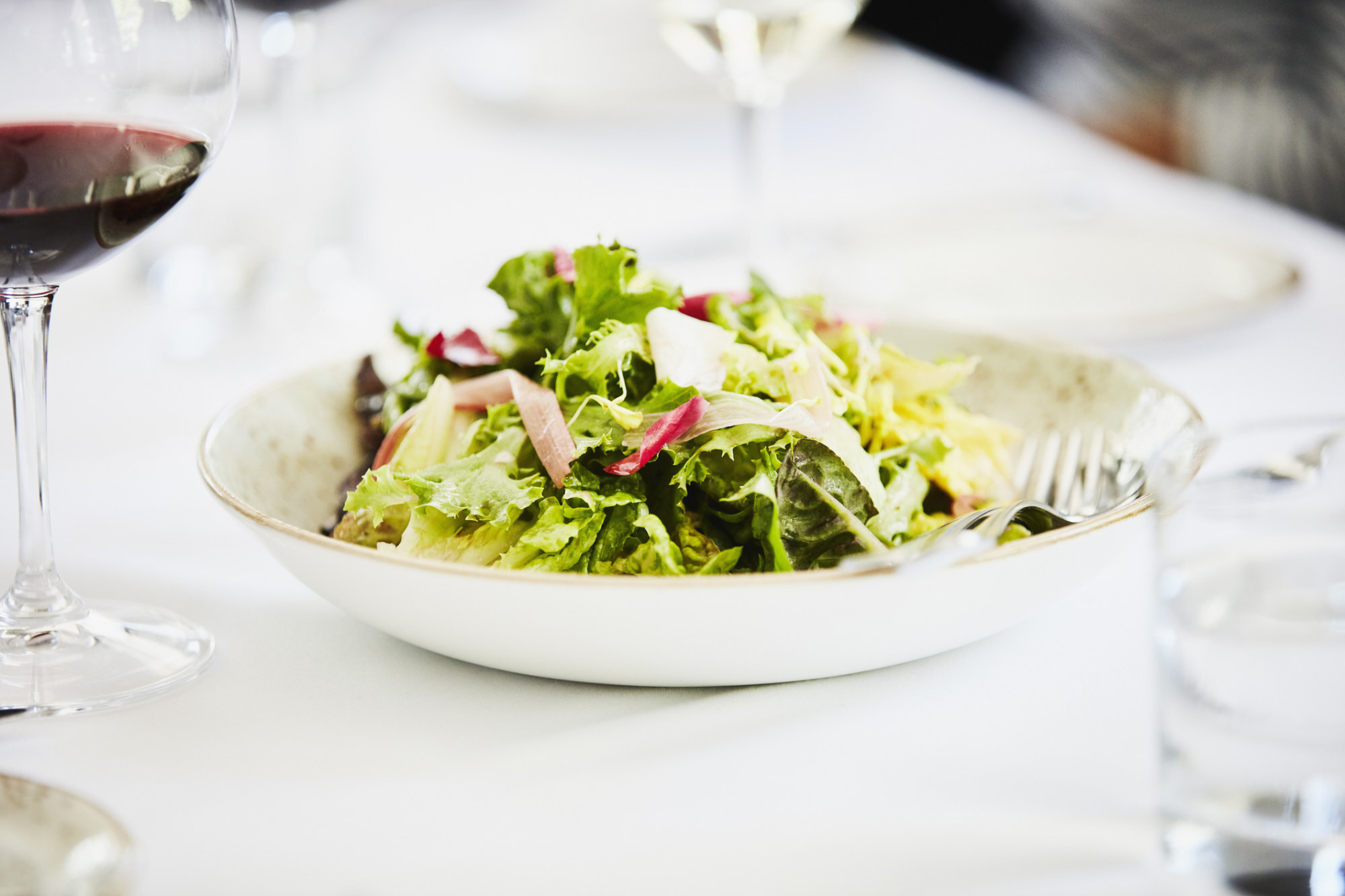
How much alcohol is too much? Experts on why wine is healthy, what to eat to avoid a hangover and the point when drinking becomes excessive
- To not indulge is a challenge during the festive season. Experts suggest ways to help keep your alcohol consumption safely in check
- Drinking plenty of water and having wholesome foods (think vegetables and protein, not just lots of carbs) can help offset the effects of alcohol the day after
One seemingly unsolvable puzzle during the holidays is cracking the code for the right amount of alcohol to consume. And by right amount, drinking fans and aficionados, we mean the healthy amount.
The US Centres for Disease Control and Prevention recommends adult men have two drinks or less per day and adult women one drink or less. But the holidays merit putting a few (or more) back to go with festive dinners, Netflix movie binges or that family karaoke session.
Giving up beer, wine or a cocktail for health sake can be difficult, especially around the holidays that make drinking a staple (ahem, New Year’s Eve celebrations).
Nevertheless, there are healthy ways to drink while still enjoying yourself. Here’s a how-to guide to maintain that proper balance.

When does drinking become binge drinking?
Binge drinking is defined as having five drinks for men and four drinks for women in a two-hour time frame. During the holiday season, binge drinking can happen inadvertently because of the inherent social pressures. That’s why experts say spacing out the alcoholic beverages throughout the day can be essential.
Brian Dugan, a registered dietitian nutritionist in the US city of Chicago, Illinois, said being mindful of balance and moderation is key.
“Over the holidays, it can be quite challenging to manage alcohol,” Dugan said. “In reality, all forms of drinking can be unhealthy. It’s best practice to be mindful by spreading drinks out over the course of the day and sip to be social versus drinking really fast. Staying hydrated is really important, too, even while drinking alcohol.”
Over-drinking can not only lead to a bad hangover, but it can also lead to issues the next day, like vomiting and alcohol poisoning. That’s not to mention the obvious liver concerns.

Dugan noted that the types of foods people eat while consuming alcohol at a holiday party play a significant role in offsetting drinking too much. That means anything green (ahem, green beans) to complement the never-ending carbs and turkey is a must.
“Getting lots of foods with fibre and vegetables matters,” said Dugan. “Too much of just alcohol can work like poison in our bodies because of its effect on metabolism. Getting some lean protein to go with the carbs of mac and cheese and stuffing can make a difference.”
Ijeoma Opara, an assistant professor of social and behavioural sciences for Yale School of Public Health, said social pressure can often mix with brain chemistry for a perfect storm of binge drinking around the holidays.

“Alcohol is a depressant and people will often use alcohol to cope with certain things without knowing it,” Opara said. “Because you can easily convince yourself it’s one day of drinking a lot – and then it’ll be one or two weeks of the same thing. Being aware of drinking habits is important and just being intentional about how much you’re choosing to drink.
“It’s important not to feel pressured to drink because other people are. And adults should be mindful of how much they’re drinking around children. Kids are watching. They may not say anything, but everyone remembers a drunk uncle falling to the ground.”
How has the pandemic shaped holiday drinking?
It’s fair to say that quarantine played a large role in a spike in alcohol consumption during the pandemic. An October study revealed a positive correlation between the increase in the number of people on a waiting list for a liver and the increase in retail sales of alcohol during the coronavirus pandemic time frame.
The study falls in line with previous pandemic research, including one study that reported nearly one in five Americans turning to “heavy drinking” to cope as recently as April.

“We definitely saw a rise of drinking alcohol during the pandemic because liquor stores were deemed essential and people were feeling extremely anxious about everything,” said Opara, who conducted a study on the misuse of alcohol by New Yorkers during lockdown.
“So you consider all of that and now you could have people being bombarded with interaction by seeing family or being around everyone for the first time in months or years. It’s exciting, but that doesn’t change the [narrative] of drinking safely.”
Does it matter what type of drink you choose?
If you’re going to grab a drink, dietitians recommend reaching for clear liquors like vodka and gin as those tend to be lower in calorie content.
“I always like to ask people, ‘what are you trying to accomplish?’ Because if you’re going to have multiple low-calorie beers, you might as well drink the IPA that would equate to the same thing,” he said. “Drink what you prefer and be intentional to make it a proactive endeavour. We want it to be healthy, but also sustainable for the soul.”
What is the serving size and calorie count per alcoholic drink?
The US National Institutes of Health (NIH) defines a serving size as 355ml (12 fluid oz) of beer, 148ml of wine and a shot of distilled spirits as 44ml.

Check out how many calories are in your drink type of choice below, calculated in accordance to the NIH’s serving size standard.
-
Light beer: 103 calories
-
Red wine: 125 calories
-
White wine: 128 calories
-
Margarita: 168 calories
-
Martini: 124 calories
-
Tequila: 97 calories
-
Brandy: 98 calories
Worried your alcohol intake might be too much? The NIH has guidance on risks of alcohol use and how to reduce your risk. In Hong Kong, the Tung Wah Group of Hospitals (TWGHs) and the Hospital Authority’s Tuen Mun Alcohol Problems Clinic provide assessment, counselling and treatment services.

